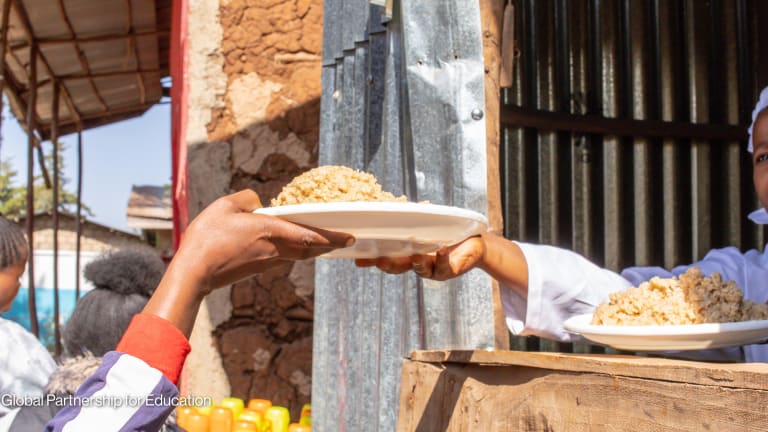An accumulation of evidence in recent years has shown that index insurance can be a key tool for the future of food security and resilience. This development has governments and donors rushing to invest in subsidies to help speed uptake, but what kinds of investments should be priorities?
Index insurance for agriculture has shown remarkable potential for smallholder farmers at risk of climate-related disasters across the developing world. While conventional insurance requires losses to be verified, index insurance avoids these high costs by basing payouts on an averaged index of factors, such as vegetation growth or rainfall, that can be measured remotely.
Index insurance has made it possible to evaluate how agricultural insurance can work as a tool for development. Research has shown that insured pastoralists in northern Kenya were much less likely — up to 70 percent less likely — to use harmful coping strategies that can prolong and deepen poverty in the long term. Insured cotton farmers in West Africa increased the area of cotton cultivation by 55 percent and used more productive inputs by 50 percent.
This story is forDevex Promembers
Unlock this story now with a 15-day free trial of Devex Pro.
With a Devex Pro subscription you'll get access to deeper analysis and exclusive insights from our reporters and analysts.
Start my free trialRequest a group subscription







